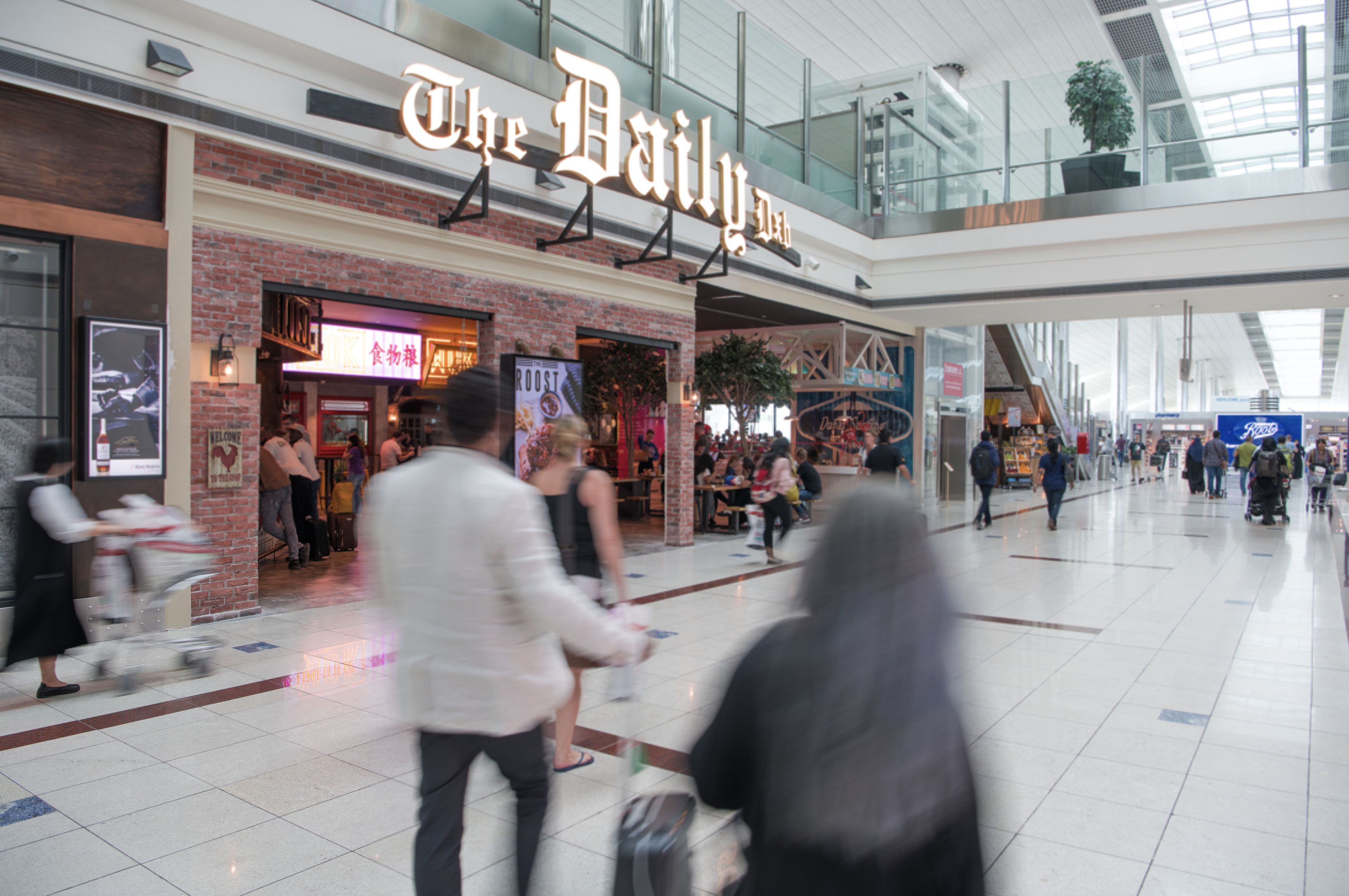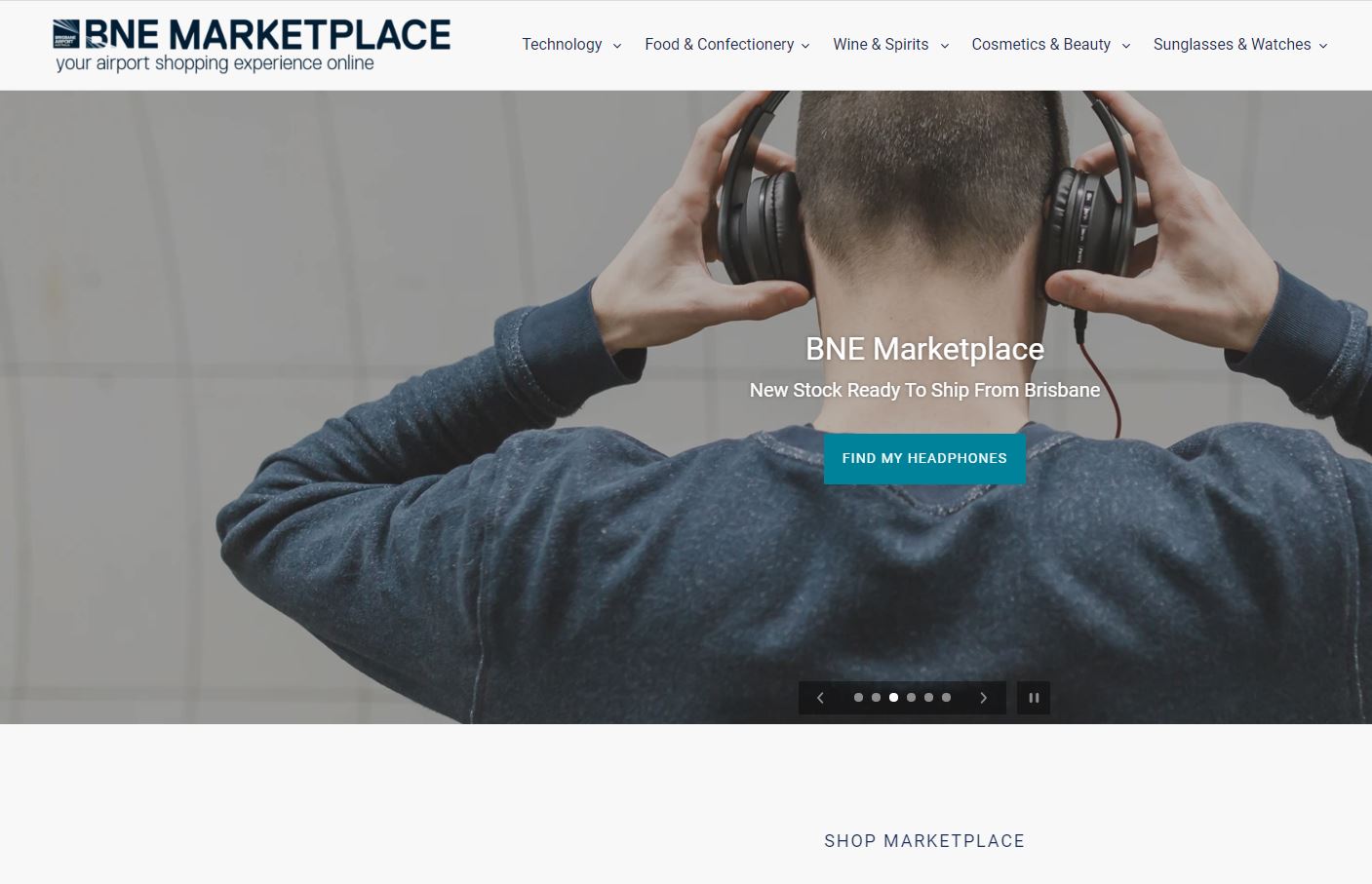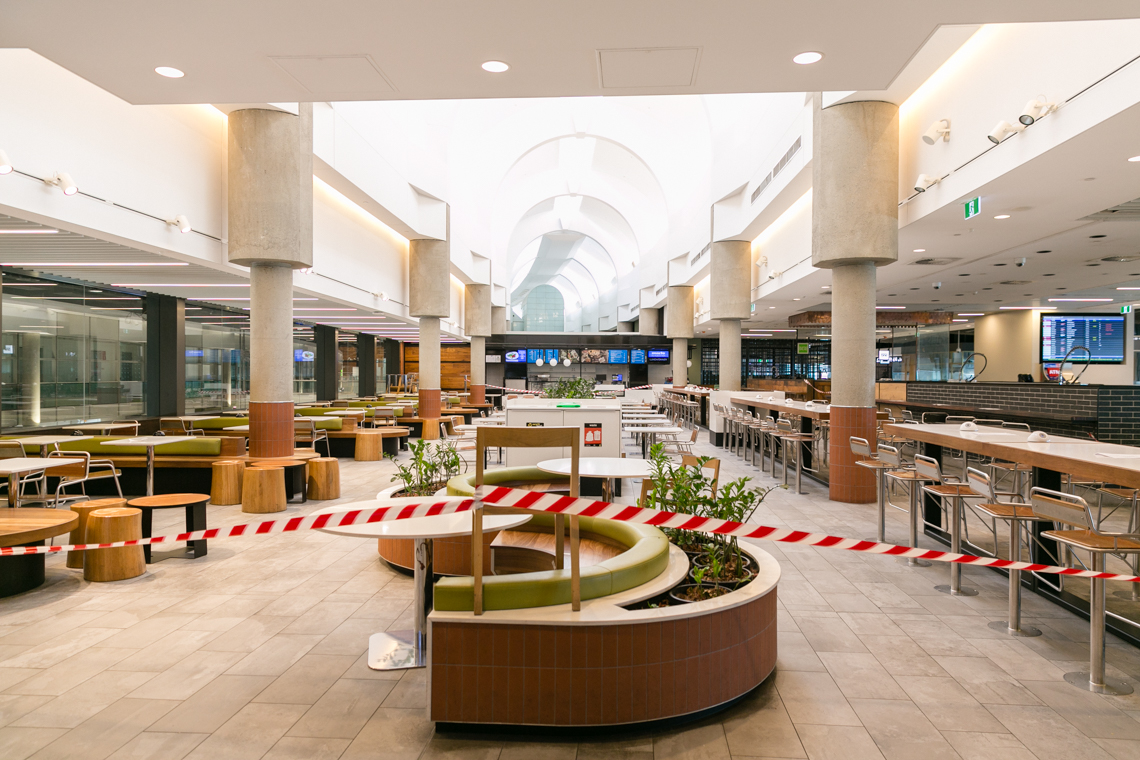There is no doubt that the pandemic has changed everything for airport retail and food and beverage (F&B). ACI World has predicted that in 2020 there will be a 58.4% reduction in passengers when compared with 2019. This equates to a reduction in passengers of 5.6 billion for the year. As a result of such low passenger numbers, many airports have closed stores and restaurants within their terminals. Unlike the high street, the return of customers to these concessions is dependent on individuals not only being confident enough to shop again, but also for them to be confident to fly again, and therefore be in the airport environment in the first place.
The Covid-19 era is forcing airport operators and their retail and F&B concessionaires to re-examine how they operate and to look at what they can do to survive in the future.
The future of retail
Rob Wigington, executive director for the Airport Restaurant and Retail Association (ARRA), believes that the pandemic will force a permanent change in the look and feel of the retail offer within airport terminals in the future. “Airports will go from bustling travel hubs filled with restaurants, stores and passengers to shuttered walkways,” he says.
Certainly, retail design is having to be re-examined. According to international design practice Pascall+Watson, changes that were already occurring, such as the integration of technology and redistribution of space, will be accelerated, while increased browsing before and after a passenger’s trip through the airport, rather than simply just during, will be a new feature of customer behavior.

Nitesh Naidoo, project director at Pascall+Watson, suggests airports could sacrifice retail space for additional passenger dwell areas and seating, and create “micro-communities” within airport commercial and departure lounge seating areas.
“This concept builds upon identifying the various passenger types and groups and creating defined and self-contained pods,” he says. “The challenge at this stage will be the ability to utilize as much of the airport’s existing infrastructure and assets as possible to create the space.”
Nick Taylor, director for The Design Solution, is working on a redesign of the commercial space at Beijing Capital International Airport. He believes that for retail, store layout, shopper flow and social distancing will become more essential key design issues for airports. “For example, in designing new stores, the space between gondolas is normally about 1.2m, but this clearly has to be increased to give a comfortable distance between customers.
“Some retailers are already implementing these types of measures,” he continues. “Dubai Duty Free, for example, now requires all shoppers to enter individually and each must use a trolley – not so much for loading their purchases but as an added means of encouraging social distancing. That’s a simple and effective tactic.”
Taylor believes that designing with the customer experience in mind is key. “Shoppers will want to minimize time spent in-store so the quality of the experience must intensify. Their mindset will focus on their exit strategy, by which I mean they need to see a clear, safe space at the payment points, an emphasis on touch-free payment and minimal interaction with staff – all of which could require greater floorspace than normal,” he adds.
The role of tech
In addition to design, technology will play a more central role in retail and F&B in the Covid-19 era. The industry is already seeing the increased use of solutions such as contactless payment, mobile ordering and payments, and QR codes. “Travelers will increasingly prefer to rely on their own mobile devices for services. The retail store can adapt to this by offering linkable digital displays to share product details,” Taylor continues. “The customer can order and make payment digitally, then collect their purchases from a collection service point if home delivery is not an option.”
Eugene Barry, executive vice president, commercial, at Dubai Airports, notes that his business has focused on using technology to drive sales and improve service for some time but admits that the pandemic has accelerated such efforts. “Contactless and frictionless payment platforms have been widely adopted by our commercial partners, and well-received by our customers,” he says.
But, according to Barry, the business is using technology in other ways too, such as deploying vending machines to dispense personal protective equipment, including sanitizers, gloves and masks, as well as using its wi-fi service to showcase free-to-use streaming services including television shows and movies. “This provides travelers using Dubai International with free Disney+, HBO, and other exclusive content.”

Many airports are also looking at launching e-commerce platforms, enabling passengers to shop online and then collect their purchase at designated places within the terminal. Malaysia Airports launched a solution of this kind in September. The shopMYairports travel-retail e-commerce platform provides airport retailers with the opportunity to expand their market beyond a brick-and-mortar set-up at the airport. In the first phase the platform will enable the public to access and purchase travel-exclusive and duty-free products online and have them delivered to their homes. In the second phase, Malaysia Airports will introduce on-ground services such as click-and-collect, which will enable travelers to shop online and collect their purchase at designated counters in the respective airports upon arrival. Malaysia Airports is also currently working on providing concierge services that will enable purchases to be delivered directly to the gate or inflight, direct to the shopper’s seat.
“Digital solutions which tackle waiting times and allow for social distancing will be key for airport retailers as the market adapts,” says Nick Neil-Boss, managing director at AlixPartners – a management consulting firm which specializes in helping companies solve complex business challenges. “We expect a significant uptick in the publicizing of click-and-collect services in order to minimize dwell time but maximize browsing potential.”
In Australia, Brisbane Airport launched its BNE Marketplace in April. The offer would normally have taken 18 months to deliver but instead took 16 days, according to Martin Ryan, executive general manager, commercial, Brisbane Airport Corporation. “The team rallied around the idea, working through processes that would normally take months in hours, such as risk, compliance and legal,” he explains. “Tenants who were previously unable to sell anything due to their location and facilities are now selling products and keeping staff employed and it continues to evolve to support our F&B and retail partners.”
Better support for concessionaires
Malaysia Airports’ e-commerce platform was developed to provided much-needed assistance to its retail partners during Covid-19. This is on top of other assistance programs that the airport operator has put in place to assist its partners, such as deferring rental payments, extending credit terms to 120 days, extending the tenure of newly signed contracts and organizing airport-wide sales to help clear inventory.
This kind of support will be key in the future as concessionaires look to manage cashflow and plan for the future. “Every airport concessionaire should be focusing the majority of their time and effort on how they transition back into operation in a Covid-19-safe way, appropriate to their offer and circumstance,” says Jeremy Corfield, partner at Concession Planning International. “They should be looking at how that approach will adapt at different points in the recovery and examining every aspect of their business to look at how they can adapt their business to address the Covid-19 world.”
Many feel that the industry needs more consistency to help concessionaires adapt their models, however, especially given the varying requirements in different markets. “ARRA members are grappling with a complex array of local, state, federal and airport regulations regarding safety while passenger behavior has changed dramatically,” explains ARRA’s Wigington. “Right now, each airport is adopting its own set of measures. This makes it very tough for travelers to negotiate their way through airports and requires ARRA members to implement measures airport-by-airport.”
Corfield believes that concessionaires must ensure their voices are heard. “No operator should be waiting for airports to tell them what to do within their own business. The concessionaires who will survive and thrive will be those who are proactive,” he says.
According to Corfield, this means approaching airport operators with reasonable, balanced suggestions or proposals that will help both parties develop solutions that will work for everyone. “This is an excellent opportunity to collaborate, cooperate and build those relationships like never before. The winners will be airports and concessionaires who have been able to find a shared path through Covid-19,” he says.

Minimum annual guarantees
One of the most controversial points currently is around rent. “Concessionaires need airports to provide waivers from rents – minimum annual guarantees (MAG) for an extended time,” says Wigington. “ARRA members cannot survive and pay MAG/rent until passenger traffic returns to near normal, pre-pandemic levels. That may take years,” he adds.
At Dubai Airports, Barry notes that it was one of the first airport operators to announce “meaningful assistance” to its commercial partners. “Our assistance program – which is continuing – included waiving minimum guarantees or equivalent fees for partners who were required to cease trading due to the suspension of airport operations.”
Retailers believe that such support is vital. According to Julián Díaz González, CEO of Dufry Group, even before the crisis his company was highlighting that concession contract concepts based on minimum guarantees expose retailers to excessive risk. “The current crisis now clearly shows that in the case of external impacts – for which neither the airports nor the suppliers can be held responsible – the fairest contract type is either variable fees based on sales, or MAGs based on passenger numbers. Another possibility would be to have joint-ventures, where both partners share profits and risks.”
Thankfully González notes that such worries are being taken seriously: “In the past few months, we have seen airport partners understanding the situation and engaging in negotiations to discuss rents or MAG reliefs for the time of the crisis and also during the recovery phase. This applies to the majority of our airport partners,” he explains.
Corfield, however, believes that change shouldn’t be too hasty. “It seems quite a lot of operators and airports are leaping to change MAGs in a unilateral fashion. MAGs themselves are not a problem and in fact when crafted and set appropriately they can play a crucial role in ensuring the ongoing viability of the commercial offer. It’s how MAGs have been set and enforced that is the main issue.
“Many of the contracts we’ve helped airports negotiate over the past 10 years have included specific mechanics to deal with substantial and prolonged reductions in passenger numbers, simplifying the discussion when something like Covid-19 occurs because there is already a contractual remedy in place,” he continues. “But many airport contracts have inflexible MAGs, either due to the airport’s insistence or intransigence, or due to an operator consciously committing to a MAG that is only sustainable in a growth environment. Having said that, there is no doubt that every airport should be acknowledging the loss of custom that every operator has faced through Covid-19, and should be removing or at least reducing fixed MAGs in the short term in line with the scale of the issue.”
This article was originally published in the September 2020 issue of Passenger Terminal World.

